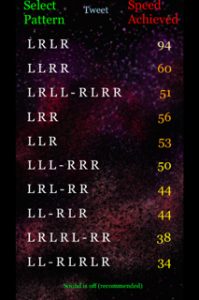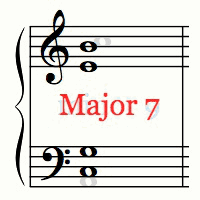 Some chords are just like that. You change the bass, and the whole chord is completely different. An easy example is when the bass changes to the root of the relative minor (the 6th scale degree) underneath the tonic triad. Chances are that you’ve heard this tonic prolongation technique before. Maybe even used it!
Some chords are just like that. You change the bass, and the whole chord is completely different. An easy example is when the bass changes to the root of the relative minor (the 6th scale degree) underneath the tonic triad. Chances are that you’ve heard this tonic prolongation technique before. Maybe even used it!
(Take note that I’ve added the 7th scales degree in the example. This simply make the chords M7 and m9. Also, in the image I’ve added a C on the top of the chord when going to the m9. This is to replace the C that has been left vacant in the bass.)
The inverted major seven chord is actually a minor add 6 chord.
 All you change is the bass, but all of a sudden you have a minor seven chord. While this is neat and useful, the relationships that occur when the bass plays the third scale degree reveal much more exciting possibilities. The same four notes reorchestrated can literally form a completely new chord. So new, in fact, that an inverted major seven chord should actually be analyzed as a minor chord with an added sixth.
All you change is the bass, but all of a sudden you have a minor seven chord. While this is neat and useful, the relationships that occur when the bass plays the third scale degree reveal much more exciting possibilities. The same four notes reorchestrated can literally form a completely new chord. So new, in fact, that an inverted major seven chord should actually be analyzed as a minor chord with an added sixth.
Changing the bass to the third of the chord means that we have not added or subtracted any notes from the tonic major seven. Simply reorganized. This is more exciting because our previous example added a note to get that minor sound. That’s just a boring regular ol’ chord change! This is different.
Here is a major seven chord:
Here is an “inverted major seven chord” (first inversion) that is actually a minor add 6 chord:
Now listen to the chords interact with one another. Hear how they are the exact same chord, but the bass position entirely changes your perception of it. Also listen for the delicious ambiguity at the end; which is it!?
This shift in cognition occurs because when the bass moves to the third of the chord, a fifth is formed between the seventh and the bass. This fifth relationship is a simpler proportion than the third relationship formed with the root. This, in turn, outlines the fifth of the inverted major seven chord and our brains reinturpret the fifth as the third in a new chord. This redefines the chord as a minor chord to our ears. Now the minor triad on the top of the inverted major seven chord is perceived as the most important feature of the sonority. What was formerly the root is now simply a spicy treat added on to the new chord.

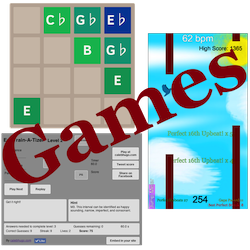
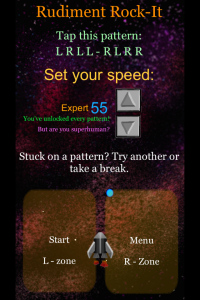
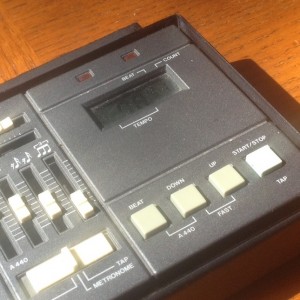 Don’t get excited. It’s a rare thing. Turning off the
Don’t get excited. It’s a rare thing. Turning off the 